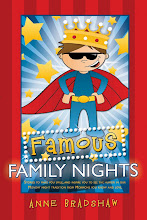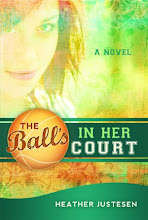 When I was growing up, we had a picture book called "That's Good, That's Bad," by Joan M. Lexau. In the book, Tiger sees Boy sitting on a rock. "Run," said Tiger. "And I will run after you. And I will catch you. And I will eat you, Boy. So run from me."
When I was growing up, we had a picture book called "That's Good, That's Bad," by Joan M. Lexau. In the book, Tiger sees Boy sitting on a rock. "Run," said Tiger. "And I will run after you. And I will catch you. And I will eat you, Boy. So run from me."
Boy just sat there and looked at Tiger. "Eat me then," said Boy. "I have no more run in me."
Boy then shares with Tiger a tale of woe and joy, explaining why he has no run left. Tiger listens intently, replying "That's good," at Boy's little victories, and "That's bad," at every defeat.
The "good" and the "bad" alternate regularly, bringing the reader along in a compelling narrative, with the threat of Tiger eating Boy constantly lurking in the background.
Decades later, I'm still impressed with the effectiveness of this simple writing strategy: Something bad happens, and then something good happens, and then back to something bad. It's a powerful tool for building tension and keeping a reader's interest.
I think one reason this strategy captures our attention so well is because it's often the pattern found in real life. We're constantly tossed up and down, the good and the bad coming at us in rapid fire. We talk about clouds having silver linings, and about windows opening when doors close. That's the way life works--giving us a healthy blend of both the good and the bad.
It's the way great fiction works, too.
shameless self promotion: Watch for the Bumpy Landings next month! Launch party January 13th, 2011. Save the date.
Monday, December 20, 2010
That's Good; That's Bad; That's Life
Posted by Don at 12:01 AM
Labels: Donald J Carey
Subscribe to:
Post Comments (Atom)

















1 comments:
Great post. The interesting thing is that no matter how many times the good/bad cycle repeats or at whatever point you end your story, the best stories keep their focus on how the characters respond to this cycle. In the end we should be thinking, "who is to say what is good, and what is bad?"
Post a Comment